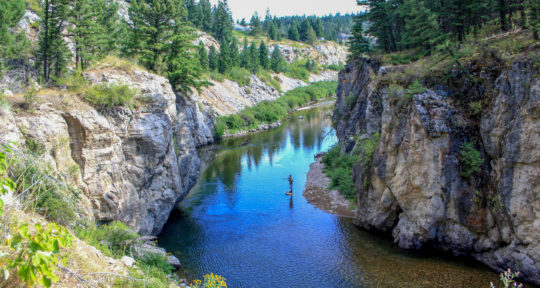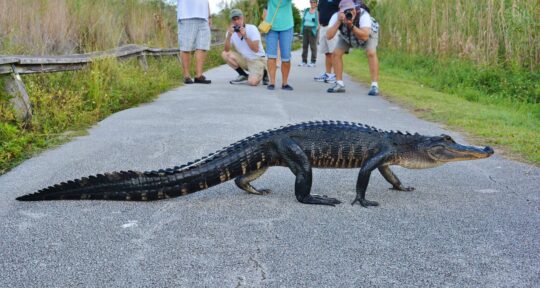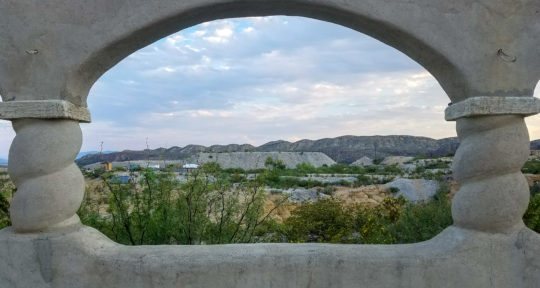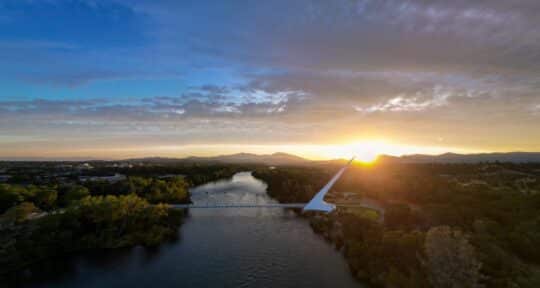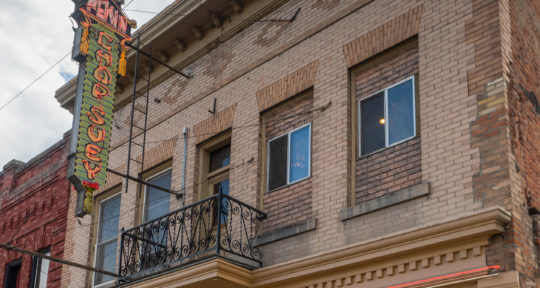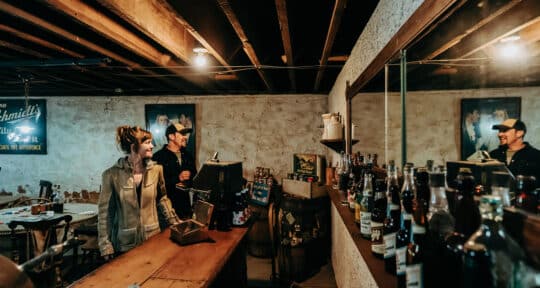One of Georgia’s Seven Natural Wonders, the 700-square-mile Okefenokee Swamp was once part of the ocean floor. Even the patches of land dotting the wetland are not too stable; trees often shake like they’re about to be torn from the earth and capsize. The name Okefenokee comes from a Creek word meaning “trembling earth.” Located in the middle of the swamp, in the southeast corner of Georgia, is Stephen C. Foster State Park—remote and filled with wildlife, nature, and few people, it’s a perfect camping destination.
During the Seminole Wars, Native Americans hid in the Okefenokee Swamp to escape capture. The leader of these refugees was a chieftain known as Billy Bowlegs. Billy’s Island was one of his refuges, and legend says the island was named for him. Over the years, Billy’s Island was home to a tenacious family of squatters, the Lees, who refused to abandon their claimed land until forced by court order. In 1909, Hebard Lumber Company came and began cutting centuries-old cypress trees.
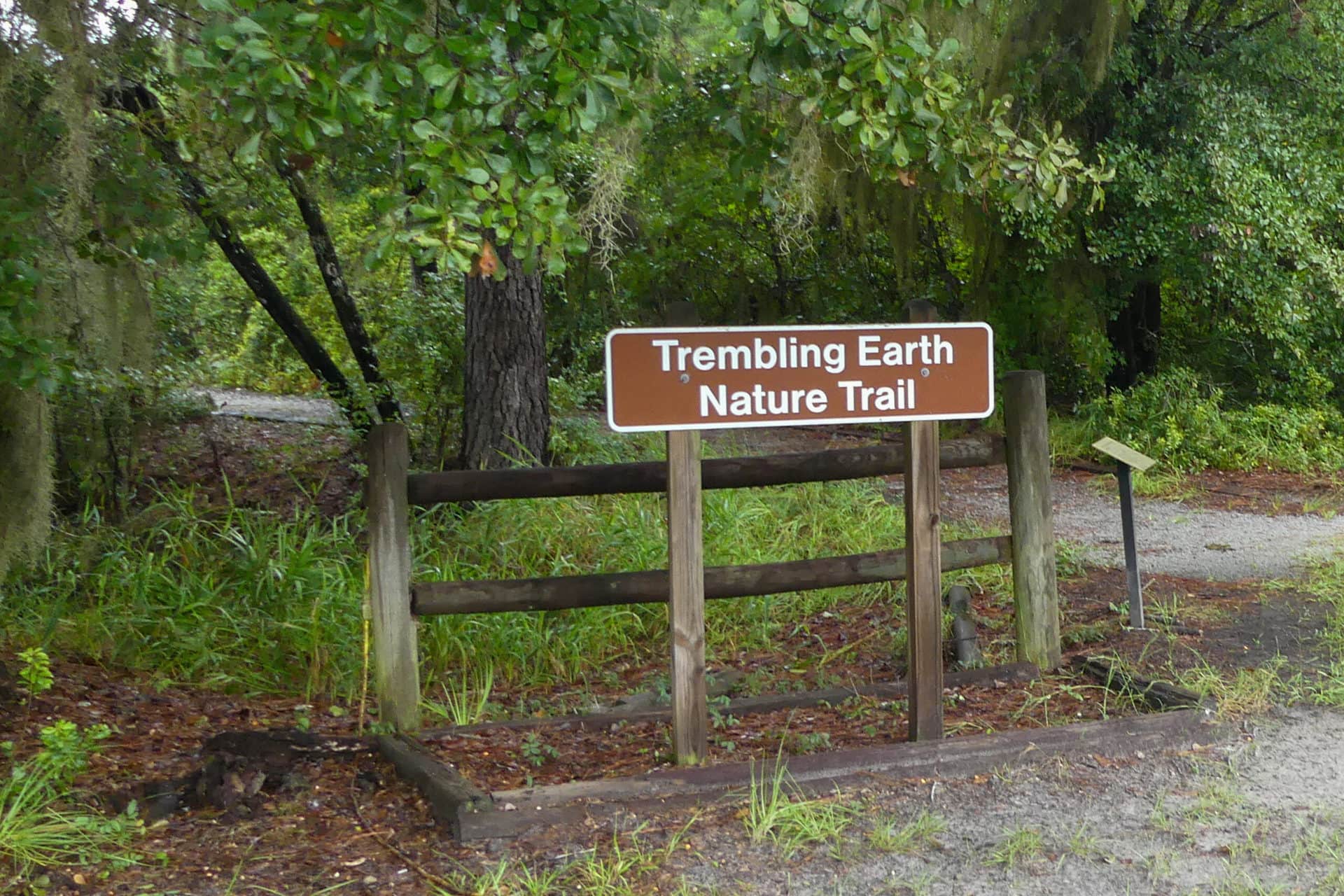
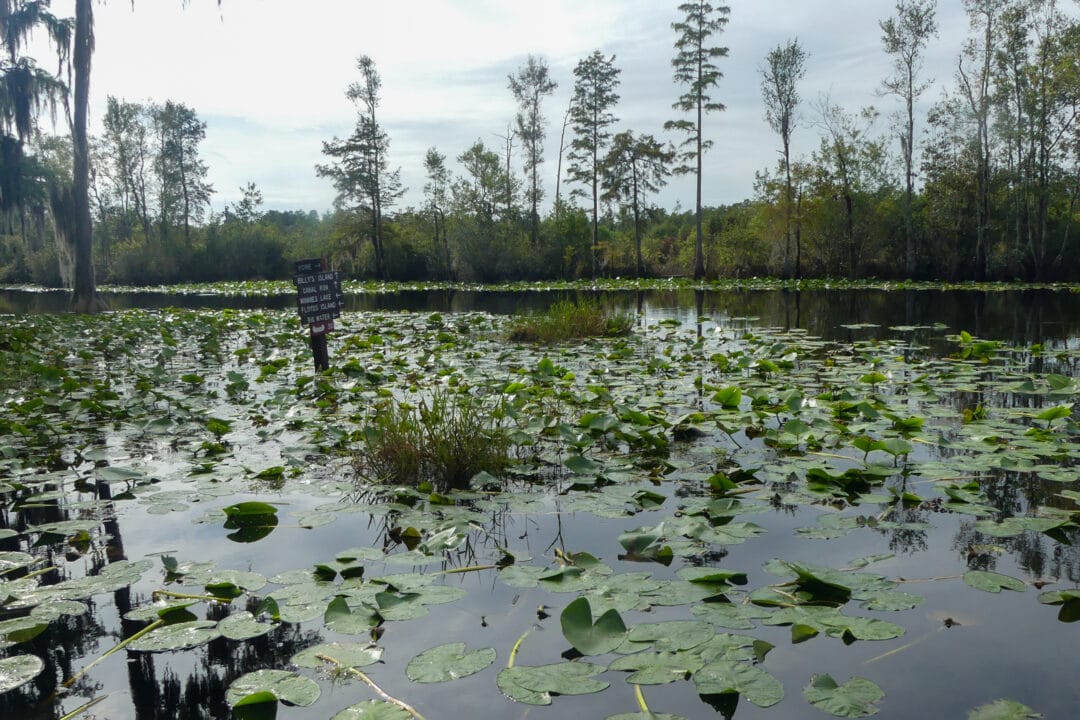
The Hebard family sold the property to the government in 1937, and created the Okefenokee National Wildlife Refuge that same year. Today, as I drive through the refuge on my way to camp in the state park, I spot several deer and a flock of wild turkeys along the road.
Land of Trembling Earth
Stephen Foster, the first International Dark Sky Park in Georgia, is a state park set within a national facility, which means that visitors pay fees for both at the trading post inside the park. I check in and set up at my site—it’s next to the restroom and shower, but with enough scrubs and trees to afford privacy. Because it’s a rainy weekday, the park is almost empty. I count only three other occupied sites in the campground.
The wide grassy hiking trail that runs behind the campsites is a natural haven. Birds of various kinds flutter between the moss laden oaks and cypress trees. Saw palmetto and blackberry vines are a large part of the undergrowth. Plaques along the trail tell the story of Spanish moss and the native trees and scrubs.
The next morning, after passing several more grazing deer, I head to my boat tour. It’s only myself and Ranger Alex. We travel down a narrow canal to the lake and Alex tells me about the old swamp. “It’s not really a swamp,” he says. “It’s the headwaters of both the Suwannee and the Saint Marys rivers. It’s just easier to say ‘swamp’ than ‘natural wetlands preserve.’”
Alex steers the pontoon boat to a patch of grasses and peat in the process of forming land to show how the name “Land of Trembling Earth” came about. When I poke at the small island with my paddle, it trembles. With these little pockets of almost-land dotting the surface of the lake, it’s easy to see how a person could become lost in this place that’s more water than land. “If you become lost, toss in a handful of leaves and see which way they float,” Alex says. “The current will take them, and a lost person, back to the park dock.”
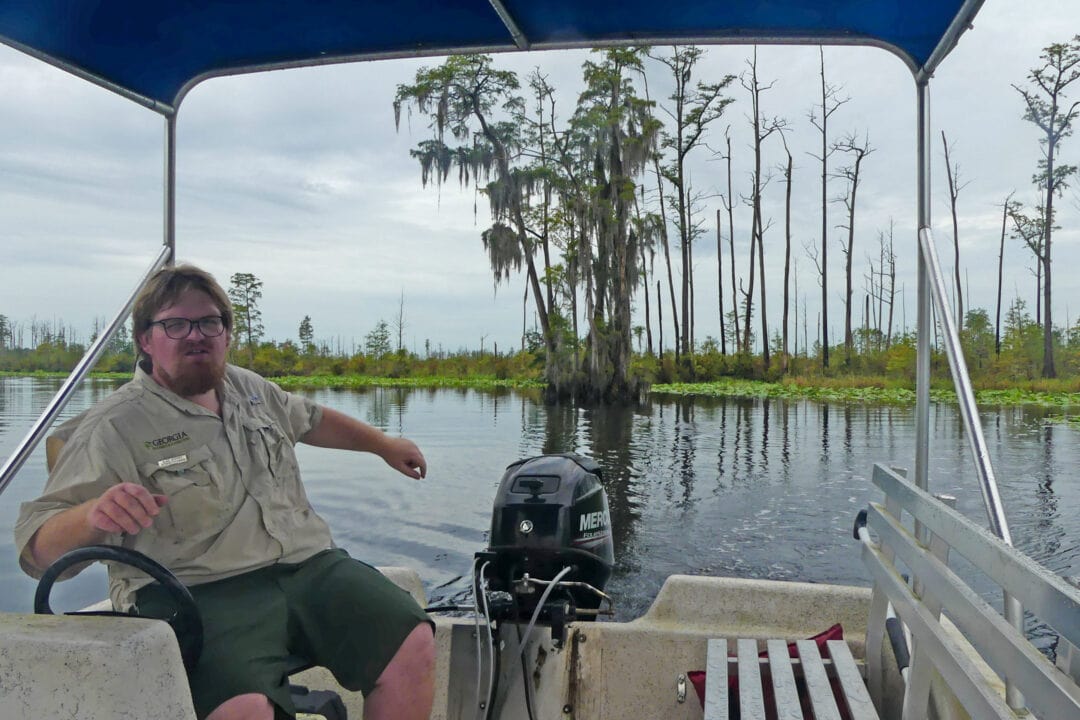
A true refuge
We see alligators and birds as we travel about 2 miles into the lake from the dock. Although it’s named Billy’s Lake, the path amid the many islands looks more like a creek, ranging from 35 to 155 feet wide. We venture into a narrow offshoot of water called Minnie’s Run. Here, Alex maneuvers between giant cypress trees with branches that often brush the sides and top of our little boat. Throughout the waterway, we encounter several types of water lilies. The most distinctive, the American white water lily, has dozens of narrow white petals surrounding a bright yellow center.
Wood signs with arrows direct us where to turn to reach certain places in the swamp. Five Sisters is another marker boaters use for navigating the area. It’s a cluster of five cypress trees, three of them living and two dead, representing five sisters who once lived deep in the swamp. It’s here that we spot a small alligator swimming, with just its eyes and top of the head visible.
I asked Alex about some of the other wildlife found in the park, including deer, bears, foxes, snakes, bobcats, and otters. He says the best time to see a bear is when the blackberries are ripe or when there are a lot of acorns on the ground. Bobcats are early morning and late evening prowlers. “During hunting season in the refuge, more deer seem to come into the park because there’s no hunting here,” Alex says.
Bigfoot and swamp gas
The next morning, I take my kayak out onto the lake. The scariest creature I see is a large alligator swimming just ahead of me. It submerges as I get close, and I worry it might decide to get under my kayak and turn it over for a morning snack. I aim for Billy’s Island, home to remnants of the logging industry, including tanks from old steam engines and the outlines of building foundations. The Lee family left its own mark with a small cemetery near the island’s boat dock.
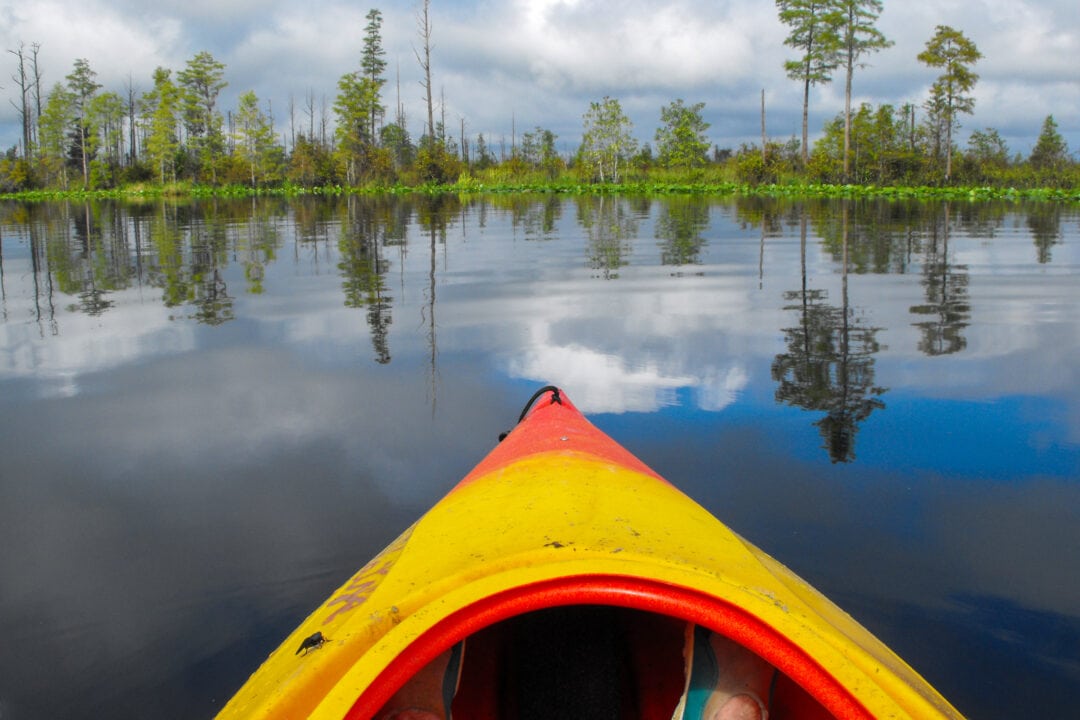
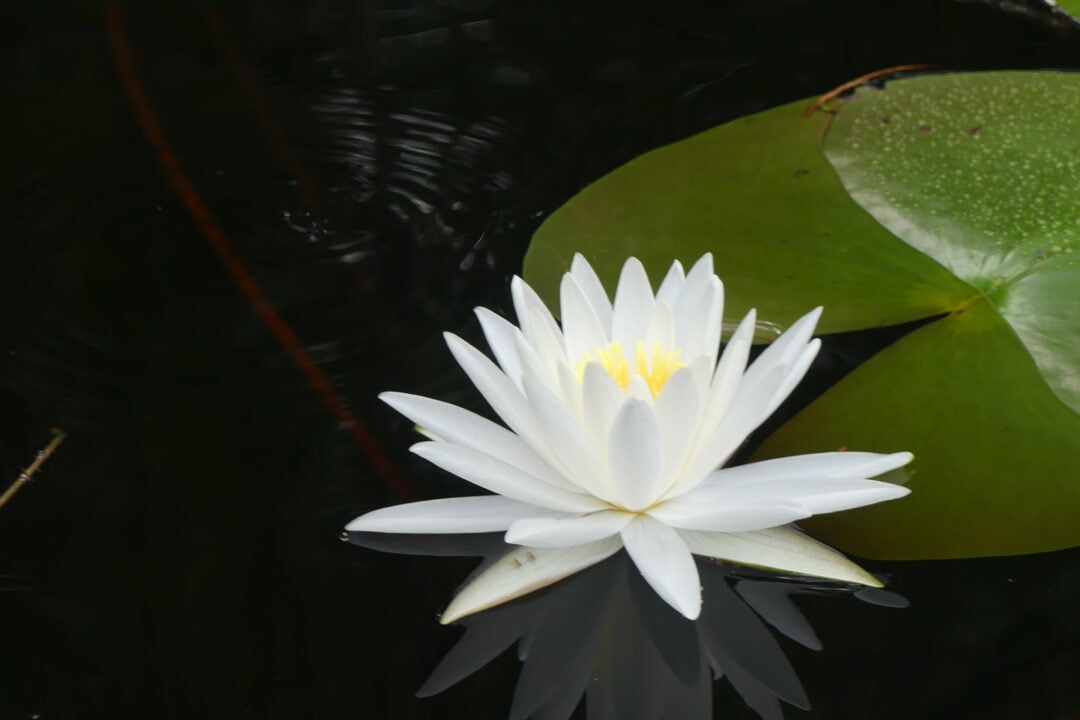
Many cypress knees and remnants of trees cut by the Hebard Cypress Company have strange shapes. One stump I see while kayaking resembles Bigfoot in a crouch near the shore—it’s not hard to see why many tales about Bigfoot and UFO landings originate here. Phone signal is weak and WiFi almost non-existent, but that’s not paranormal, just due to fewer phone towers. Claims of glowing orbs following people down the road also have a scientific basis: Swamp gas, also called “foxfire” and “swamp flatulence,” is formed by decaying organic matter. There’s plenty of decay going on in the swamp—it’s what forms those trembling earth patches.
In the refuge, just outside the park, I visit the Suwannee River Sill Recreation Area, a 5-mile-long body of water with a paved road alongside a dam and reservoir built by the government in 1960 to control the flow of water from the Okefenokee Swamp into the river. At the far end, there’s a parking area next to the dam section with a walkway covered in alligators swimming and sunning themselves. I watch several egrets wade in the water and hunt small fish for lunch. Beautiful yellow canna lilies grow wild along the river and on the other side of the road.
I think of a quote by Francis Harper, a naturalist who did research in the area in the 1940s: “There’s no other place in the world like the Okefenokee.”

